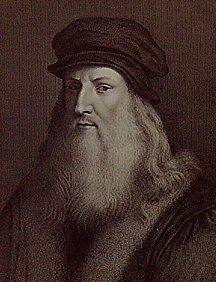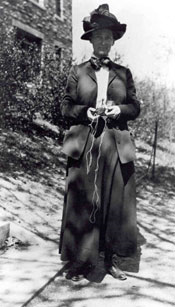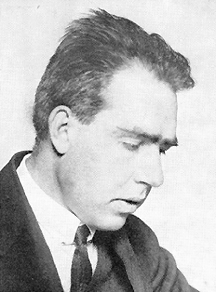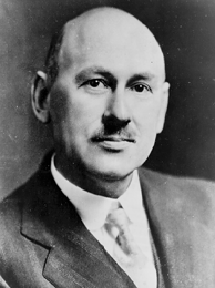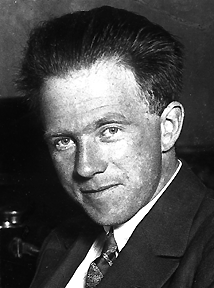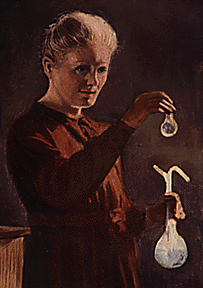
The Bettmann Archive
Marie Curie
Marie Curie was a physicist and chemist who lived between 1867-1934. She studied radioactivity and the effects of x-rays.
She was born Maria Skłodowska in Warsaw, Poland. Women could not study then at the University of Warsaw, and Maria, together with her sister, attended the classes at night in an illegal "floating university". When Maria was 24, she moved to Paris to study mathematics, physics and chemistry at Sorbonne University. There she met and married Pierre Curie. Together they studied radioactive materials and discovered two new elements: polonium, named after Poland, and radium. They did their early work in difficult conditions, in crowded and damp makeshift labs. They also studied the medical uses of radioactivity in radiography and treating cancer tumors.
In 1903, they shared the Nobel Prize in physics with Henri Becquerel for their research in radioactivity. Marie Curie was the first woman to be awarded a Nobel Prize.
After Pierre's tragic death in 1906, Marie took his place as Professor of General Physics in the Faculty of Sciences, the first time a woman had held this position. In 1911, she also received the Nobel Prize in chemistry and became the first person to win two Nobel Prizes. She did a lot to raise money for research on radioactivity, and helped establish radioactivity laboratories in Paris and Warsaw. During World War I, she promoted use of radium for the treatment of wounded soldiers.
Marie Curie died from a blood disease in 1934, due to her constant exposure to radioactive materials. Next year their daughter Irène Joliot-Curie shared the Nobel prize in chemistry with her husband Frédéric Joliot-Curie. What an exceptional family!






